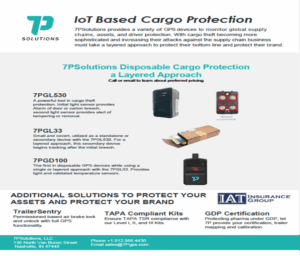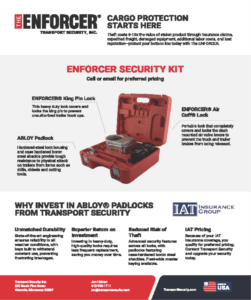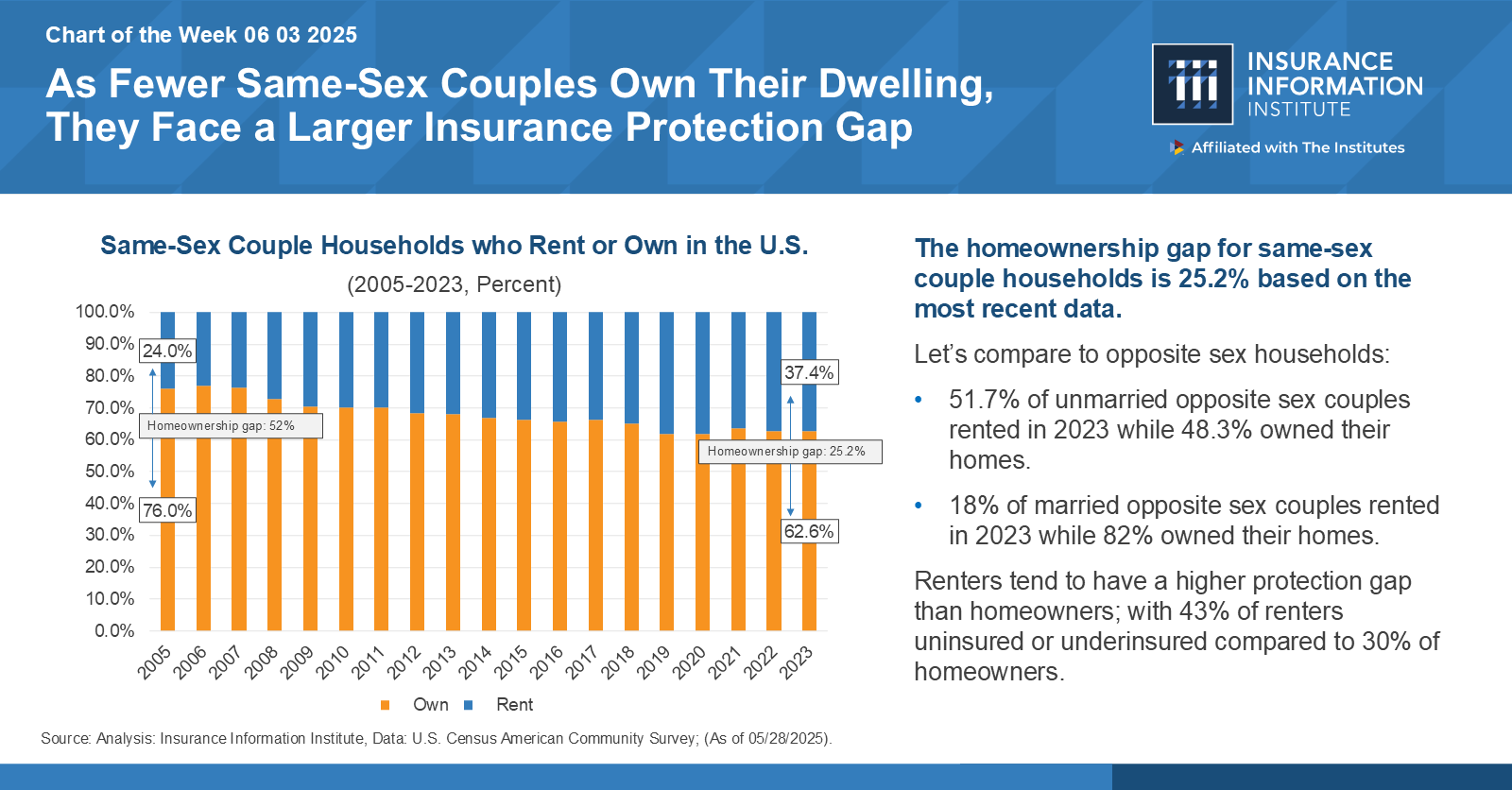“I work with coaches and other people who know too much.”
Kate Solovieva is a former professor of psychology, a PN master coach, and PN’s director of community engagement.
And the above quote has become one of her taglines.
Though Coach Kate has coached thousands of “regular” clients, her specialty is coaching other coaches.
Through her work as an instructor with PN’s Level 2 Master Health Coaching Certification, a facilitator for PN’s private online coaching communities, and a coach in her own private practice, she gets a front-row view of all the questions and challenges both new and seasoned coaches have.
Coach Kate knows what other coaches are up to.
She’s seen the victories and the blunders of thousands of coaches, and today, she’ll share three common mistakes she sees them making.
If there’s anything Coach Kate wants, it’s to see her peers achieve wild success, so her hope with this article is to help coaches:
- Stop feeling paralyzed by insecurity and doubt—and start growing their business
- Learn to see their clients more objectively, so they can best serve their needs and goals
- Clearly identify their responsibilities as a coach (hint: they’re’ not what many coaches think they are)
- Harness their natural passion and investment in a client’s success—without burning themselves out
We’ll cover three common coaching mistakes, plus the solutions to overcome them. Let’s get into it.
Coaching mistake #1: Focusing on coaching instead of selling
Coach Kate describes a coaching business as a three-legged stool.
- There’s the coaching leg (which is your skills and knowledge as a coach),
- A selling leg (which is your ability to market and attract a flow of clients), and
- An administrative leg (which includes how clients book appointments, make payments, and other organizing tools and systems).
“The vast majority of folks who get into coaching start with the coaching leg,” says Kate.
“They want to become the best coach they can be, which is amazing. However, to become the best coach you can be, information and theory only get you so far.”
As Kate says, “You cannot become the best coach you can be in a vacuum, talking to yourself in your office.”
Which is why she suggests challenging the desire many coaches have to wait until their knowledge is “complete.”
Instead, she suggests, just start selling.
Why?
Coaches who start selling sooner also get to start coaching sooner.
Over time, they’ll have an advantage over the coaches who want to be “the BEST coach they can be” by getting 12 certifications before selling their services.
Meanwhile, the coach who “doesn’t really know what they’re doing” but has started practicing anyway will begin building their business and their coaching experience—and likely improve their odds of overall success.
Solution: Remember to show up as a COACH, not an EXPERT
There’s a natural inclination among aspiring coaches who want to do a good job to get those 12 certifications before they start coaching.
“Sometimes we hold on to this hope that we’ll get to a point where we feel confident enough at fielding any question that ever comes our way,” Kate says.
Because as every coach knows, when you start telling people what you do, they’ll have questions. And often, they’ll have questions you can’t answer, and that can feel uncomfortable… mortifying even.
(You’re supposed to be the expert, right??)
According to Coach Kate, the above belief—that you’re supposed to be an authority with all the answers—is based on an erroneous assumption.
“When I show up to a coaching conversation, my role is not ‘the expert,’” she says.
Yes, coaches have to show up to client interactions with a baseline of nutrition knowledge. (For example, if a client asks you about good sources of protein, you should be able to list some.)
But coaches don’t have to show up with a prepared lecture, or encyclopedic knowledge of nutrition minutia or biochemistry. (You don’t have to feel bad if you can’t recall the ratio of omega 3 to omega 6 in flax oil, or all the steps in the Krebs cycle that produces ATP.)
Even when you know the answer, Kate suggests that not answering right away can actually be more productive.
“If a client asks you about seed oils, you can simply say, ‘That’s a great question. I can get you some information on that if you’d like, but I’m curious, why do you ask?’”
While the expert might respond with a summary of the latest research on seed oil processing and its health effects, the coach will strive to learn more about why the question is meaningful to the client.
For example, after inquiring further, you may learn that your client heard about seed oils from their friend Susan, who changed the fat sources in her diet and lost ten pounds. And the client is curious to see if they might also lose ten pounds if they eliminate seed oils.
With this kind of response, you learn more about what the client is really after (a weight loss solution), which ultimately helps direct you to more effective strategies (which probably have nothing to do with seed oils).
▶ Takeaway nugget:
Coaches should have a firm understanding of fitness and nutrition principles.
However, clients often don’t need more information; they need coaching.
When a client asks you a question, consider whether the answer will help them take action.
If it will, offer them what you know. (If you don’t know the answer, you can simply say, “I’m happy to find more information about that for you.”)
If it won’t, consider turning their question into a coaching opportunity. Ask, “Can you tell me why you’re curious about that?” Their answers will likely lead you to a more productive conversation.
Coaching mistake #2: Assuming your clients are exactly like you
Now, maybe it sounds obvious that clients aren’t just clones of us.
That said, especially when we feel all warm and vibe-y with our clients, it can be easy to forget in the moment.
For example, maybe you’re someone who…
- Tracks macros, and feels it’s relatively simple and effective. So you assume this approach will work on most clients (even though many will find it triggering and overwhelmingly complicated).
- Coaches virtually, so your clients are all over the world. You might recommend meeting certain protein targets, without considering that in some communities, protein dense foods might either be hard to access, prohibitively expensive, or both.
- Prioritizes fitness. And for the life of you, you can’t understand why your client would skip a lunch workout because she doesn’t want to mess up her hair and makeup in the middle of a work day.
If you’re a coach, you probably went into this line of work because you value nutrition, exercise, and overall health. And often, we assume our clients hold these same values. But the truth is, that’s not always the case.
Says Kate:
“There’s nothing inherently superior about valuing your health. If you do, yes, you’ll probably experience better health and live longer. But not everyone shares those values. That’s a tough one to swallow.”
Of course, without seeing your clients for the unique people they are—with their own individual preferences, values, and goals—you may find yourself suggesting behaviors that aren’t possible for them, or striving for goals that aren’t meaningful to them.
Over time, this becomes frustrating for your clients and you: They feel like you don’t “get” them, and you feel like a “bad” coach.
Solution: Get a clear picture of the client’s baseline—and determine what actions they’re ready, willing, and able to take
The opposite of assuming (often unconsciously) that clients are like you is, well, assuming nothing.
As best as you can, check your biases and assumptions at the door, and approach each client session with an open, curious mind.
Ask questions, such as:
“What inspired you—or pushed you—to come in today?”
And:
“Why is that goal meaningful to you?”
And:
“What skills do you have today that might help you achieve your goal? What skills do you feel you might be missing?”
Listen.
Withholding assumptions can be particularly difficult when clients share some obvious similarities with you. (Perhaps they’re also a single mom, or they’re also training for a triathlon, or they’re also a cancer survivor.)
But even when clients share similar experiences or goals, their biology, social context, personal history, and many other factors can make their “similar” experiences, in fact, totally different.
Coach Kate says in these cases, you can show that you relate to them, while also inviting them to describe their own experience. She suggests using the following question:
“I know what [insert shared experience] has been like for me, but what has [insert shared experience] been like for you?”
Once you have a clear picture of a client’s values, priorities, and reasons for change, you can assess which actions they’re ready, willing, and able to take. (Again, don’t make assumptions here. Just because you find meal prep quick and easy, doesn’t mean your client will.)
If you want to go through this exercise with your client on paper, use our Ready, Willing, and Able Worksheet.
▶ Takeaway nugget:
Remember that clients:
- Aren’t always motivated by the same things as you (for example, they might care more about their next lab test results than how they look in a swimsuit)
- Don’t always enjoy—or hate—the same things (just because you love long sessions of steady state cardio, doesn’t mean they will… or vice versa)
- Don’t always share your values (as mentioned above, not all clients value health above all else; they may instead value pleasure, spontaneity, or something else)
Get to know your unique client, their specific goals, and what actions they can realistically execute (and maybe even get excited about).
Coaching mistake #3: Getting too attached to client results
This is, actually, very natural.
“There’s a reason we go into coaching. It’s because we care and we want to help clients. We want to see them succeed,” says Coach Kate.
But caring can be a double-edged sword.
“With our clients, we carefully decide on the habits and behaviors that need to occur… And then they walk off and either do the thing or don’t do the thing. That’s brutal.”
No matter how sound and foolproof your advice is, how well-thought out your plan, how much you care, ultimately, you have no control over whether a client executes it, and gets results.
Naturally, as a coach, you might feel frustrated, even heartbroken when clients don’t do what they say they’ll do, or when they’re not seeing the outcomes they were hoping to see.
However, according to Kate, this isn’t something coaches should try to avoid completely. It’s part of the job, and it’s often a sign that your work has meaning to you. (It’s a good thing.)
“However, I think there’s a point there where we can start caring more than the client themselves,” she says.
And that’s precisely where to draw to the line.
At PN, we often say that “care units” are the currency of coaching.
Care units are how much time, energy, attention, authenticity, and true “heart” you can bring to helping, serving, and caring about your clients.
Your client also has a certain amount of care units.
How much time, energy, attention, authenticity, and “heart” can they bring to their own change and growth projects?
(Most of the time, not that much. Which is totally normal.)
Our advice: Care one care unit less than your client does.
How do you do that? One approach…
Solution: Clearly separate client and coach responsibilities
So, how do we maintain an appropriate level of emotional investment—but also help clients stay on track?
“This is where I really like to get really clear on what my role is as a coach,” Coach Kate says.
“Because if you are very, very clear on what your role is as a coach, then you can sort of go through the list, and check in with yourself: ‘Did I show up? Did I follow up? Did I coach this person to the best of my ability?’”
For example, as a coach, it’s reasonable to be responsible for:
- Providing guidelines for how to reach out (to ask questions or book appointments) as well as setting expectations for your response times
- Weekly check-ins with clients via email, text, or phone, to assess progress or troubleshoot obstacles
- “Life-proofing” a program as much as possible, by proactively discussing obstacles that could arise in the future, and brainstorming realistic, flexible solutions
Meanwhile, the client is responsible for:
- Whether or not they respond to your check-ins
- Whether or not they actually DO the agreed upon fitness, nutrition, or lifestyle practices that are likely to get them to their goal
- How much they reveal during coaching sessions (for example, whether or not they tell you if they’re struggling with stress eating, or some other issue that makes it hard to stick to the plan)
Ideally, clearly delineating these responsibilities should happen early in the coaching relationship. Some coaches prefer to have an open discussion, while others have actual contracts that outline coach deliverables and client expectations.
This early communication can also be a way of vetting coach-client “fit.”
“When I’m having that initial conversation with a prospective client, I can ask, ‘What does accountability look like to you?’ If the client replies, ‘Well, I want you to text me every morning and night, and I want you to make sure I’ve done my workout, and also ship groceries to my house,’ then I will be the one to say, ‘I don’t think this is a good fit.’”
Coach Kate says this kind of early clarity can also prevent coach-client friction in the future.
Clear boundaries and expectations at the outset means clients are less likely to be disappointed if they assumed their coach was going to “take on” more, and coaches are less likely to burn out from shouldering more than they should.
It even protects the coach-client relationship in extreme (though not uncommon) situations such as when a client “ghosts” before a paid contract is over.
“When somebody doesn’t reply to me, I don’t take it personally. It’s not their job to reply, but it is my job to check in,” Coach Kate says.
“If I don’t hear back, I just check in on Monday, and then again on Monday. And again, and again, and again—trying all the contact methods they’ve provided me—until their coaching contract is over. If we get to that point, they’ll get an email from me saying, ‘Hey, I hope everything’s okay. My door is always open. I hope you’re doing well.’”
▶ Takeaway nugget:
Make a list—either for your own reference, or to include in a contract that new clients have to sign—of the accountabilities you have as a coach.
(Hint: These are usually specific actions, like “Text, email, or phone once a week to check in” or “Host monthly virtual lectures on various nutrition topics for group clients.”)
Make sure to have a conversation about expectations and responsibilities with all clients, ideally before beginning to work together, or at least in the first session.
Bonus mistake: Forgetting to give yourself a pat on the back
It’s maybe not the most “coach-y” way to write an article: Point out a list of your mistakes, then hand you solutions to deal with them.
But if you’ve made the above “mistakes,” we want you to hear it from us:
We’re proud of you.
If you’ve gotten sidetracked by the above, it’s likely because you really care. And that’s never going to be a mistake; it’s a strength.
That said, although these “mistakes” are completely normal, and most coaches make them, they can limit your potential as a coach, and as a business.
And we want to see you succeed.
(If you liked this article and want to learn more, listen to the full episode of the Coaches Compass podcast, where the interview with Coach Kate Solovieva was originally conducted.)
If you’re a coach, or you want to be…
You can help people build sustainable nutrition and lifestyle habits that will significantly improve their physical and mental health—while you make a great living doing what you love. We’ll show you how.
If you’d like to learn more, consider the PN Level 1 Nutrition Coaching Certification. (You can enroll now at a big discount.)















